Flow arts are defined as “the intersection of a variety of movement-based disciplines including dance, juggling, fire-spinning, and object manipulation.” Many forms of flow practiced in the rave community gain origins from traditional flow from various cultures and the circus arts. Below are a brief description of the various types of flow toys you may see at festivals, beginning with the most common and moving on to the lesser known and rarely seen forms.
Types of Flow Toys:
Gloves
If there was a universal Rave Bucket List, getting a light show from a glover would unquestionably be on it. LED gloves consist of white or black colored gloves with led changing lights on the fingertips. Glovers create a visual experience by creating different shapes and patterns with their hands and fingers, hypnotizing the viewer in the process. Glovers learn different skills to improve their art, such as stacking, finger rolls, flails, tutting, whips, and tunnels. Getting a light show from more than one glover at a time is like encountering a unicorn: a magical and unforgettable experience.
Hoops
When hearing someone say they are a hooper, “hula hooping” is the only thing that comes to my mind. While this type of flow does include “hula hooping,” if you’ve ever come across a hooper at a festival or show, you know there is so much more to this art form. Skilled hoopers are able to navigate their hoop from their ankles to their shoulders, around and through their bodies and up into the sky. Some hoopers like to use two (called “twins”) or more hoops in their flow, which significantly increases the difficulty, the must both be ambidextrous and able to control their hands in separate directions.
Poi
Another form of flow you are guaranteed at a festival is poi spinning. Being a member of flow coming from traditional flow arts (namely to the Maori people), there are many variations to the poi. The most common is a weighted ball at the end of a rope with a handle. Poi come in pairs and their mechanism relies on centrifugal force as the user moves the poi in tandem before and about themselves in an hourglass motion.
Fiber Optic Whips aka Pixel Whips
A fiber optic whip is comprised of multiple loose fiber optic strands housed at one end in a handle with LED lights. The light travels along the strands of the fiber optics to the tip of the strands where the light appears as an extra bright pinpoint of radiance. The flow artist uses one hand with the handle to move the fibers, while using the other to help guide the strands around their body and limbs, creating a show that almost appears like mini fireworks as the strands silently crack through the air. An alternative way some users like to hold their whip is by the strands themselves, using the handle as a weight and the mechanism becomes like that of a dart (see below). More advanced users are able to employ more than one whip at once.
Orbiters
Orbiters work by the user twisting and pull on two strings causing the led disk housed in between to spin in a tornado of light. Users spin shapes and trails before and around themselves, wrapping themselves in a cocoon of light.
Levitation Wands aka Levi Wands
A levi wand looks similar a baton with a delicate string attached to one end with a small loop at the end of the string. The loop is placed on the flow artist’s middle finger of their dominate hand. The levi wand is moved vertically around the user while their nondominant hand follows the wand as if pushing the wand without touching it, like magic.
Contact Juggling
A contact ball is a softball-sized acrylic crystal ball. The flow artist can manipulate the ball along their body, primarily their arms and hands, causing the ball to appear as if it is just floating across the body with a mind of its own.
Staff
Contact staff is derived from the ancient Chinese art of Fei Cha. The principal of flow for contact staff, a long rod with weighted ends, is being able to manipulate the staff around the body without relying on the use of the hands. Artists utilize inertia to rotate the staff around their neck, arms and shoulders, and along their torso.
Similar to Contact Staff is the Dragon Staff, a long rod with perpendicular which uses many of the same principles as contact staff,
Fans
Silk Fans look like your standard hand fan with long lengths of a lightweight fabric attached across the width of the fan. The flow artist holds a fan in either hand and, while using their thumb and fingers to keep the fans open, move their wrist or forearm up and down creating a fluttering movement of the fabric. This form of fan flow focuses on the movement of the fabric rather than movement of the fans themselves.
While still in the fan category, Russian or Tech fans have a much different mechanism than silk fans. These kinds of fans do not have any fabric attached to them, but instead have a hole in the handle where the user can put their fingers for manipulation. Russian grips have a larger hole for all of the fingers to fit than tech which only allows two or three. This form of fans uses a similar concept of flow as off-body twin hoops during dynamic movements, while also focusing on mirroring the two fans to each other during stationary manipulation.
Buugeng aka S-Staff
‘Buu’ meaning “martial arts” and ‘geng’ meaning “illusion,” Buugeng are a pair of large S-shaped blades held gently in the middle and uses the wrist to rotate the blades before and behind the artist while keeping the blades on a vertical plane parallel to the user. A skilled buugeng artist easily hypnotized their audience with their circling, arced blades.
Rope Dart
Also deriving from Chinese martial arts, the rope dart employs a large, heavy ‘projectile’ at the end of a long rope. The user hold the end of the rope in their nondominant hand, while using their dominant hand to move at different lengths of the rope to spin and throw the dart in a plane parallel to their bodies. Skilled users can wrap the rope around their bodies and untangle themselves within moments, allowing them to throw the dart in an incredible dance.
Sunwheel
Based on the Indian martial arts weapon Vadda Chakkar, the sunwheel is likely the least known flow toy on this list. Made of a medium-sized wheel with a rod through the center surrounded by ‘petals’ of rope weighted with colorful plastic pieces forming what looks like a sun when spinning. The artist rotates the wheel in either direction to gain momentum to do their tricks, including spinning the wheel on their palm. This form of flow is typically done on the vertical plane, but with proper manipulation, can be done on the horizontal. An example of this form can be seen on TikTok by the user @space_squidd.
Besides the mesmerizing skill of the artist, one of the most special parts of the flow arts is that there are always new forms and variations emerging. If you have been thinking about picking up a flow art, I encourage you to try out a few. Once you become skilled in one, you will find many of the same concepts translating over to the others. Each new prop will then just become an extension of yourself and how beautiful its expression can be.



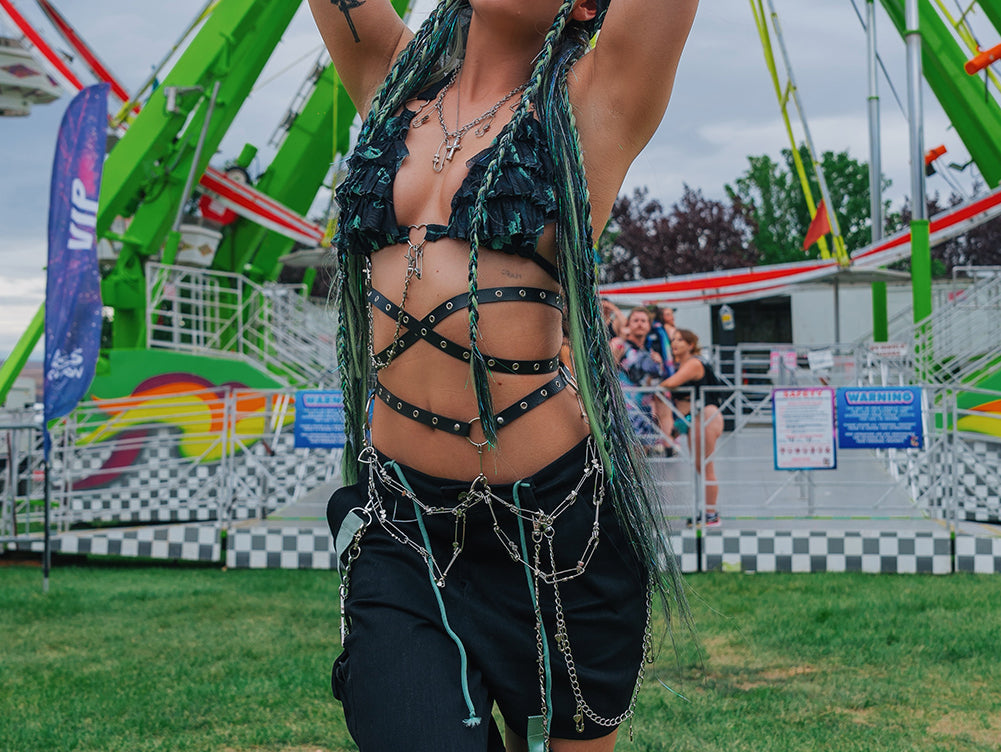



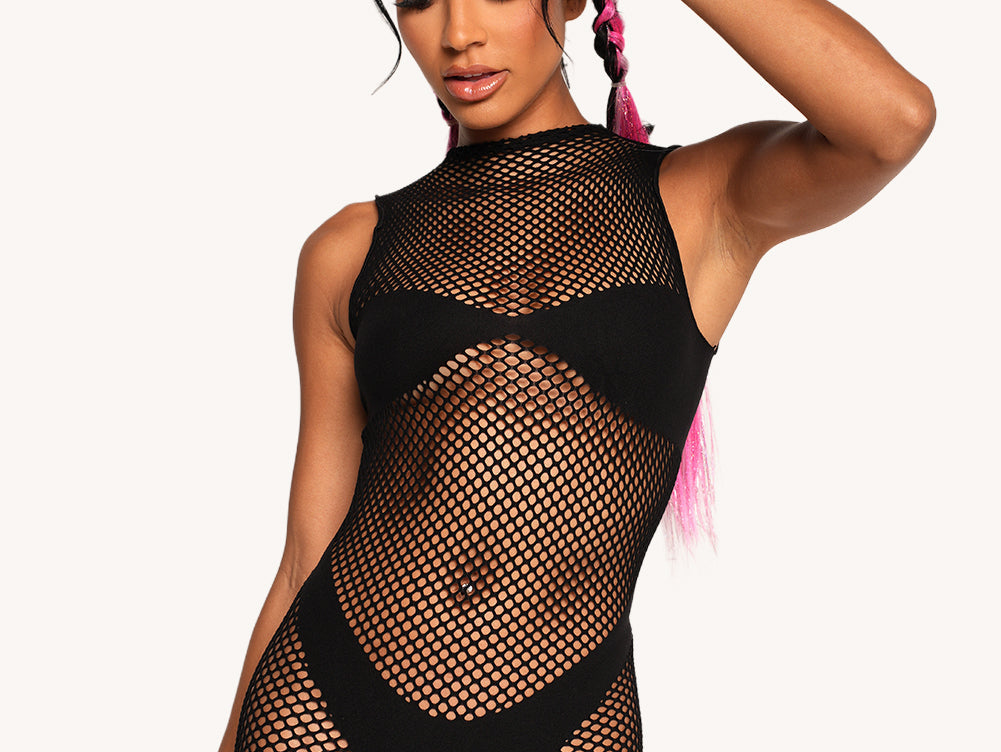



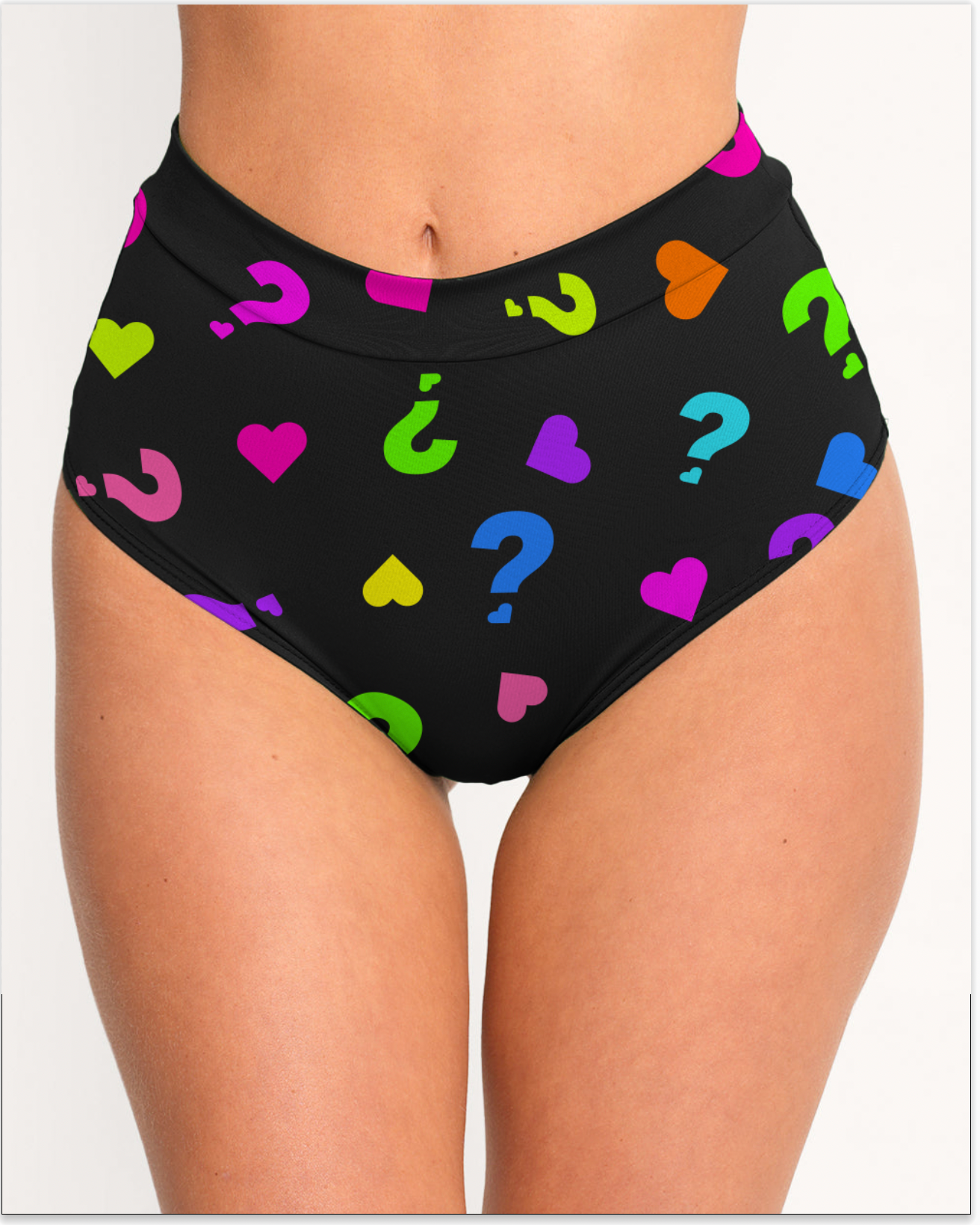

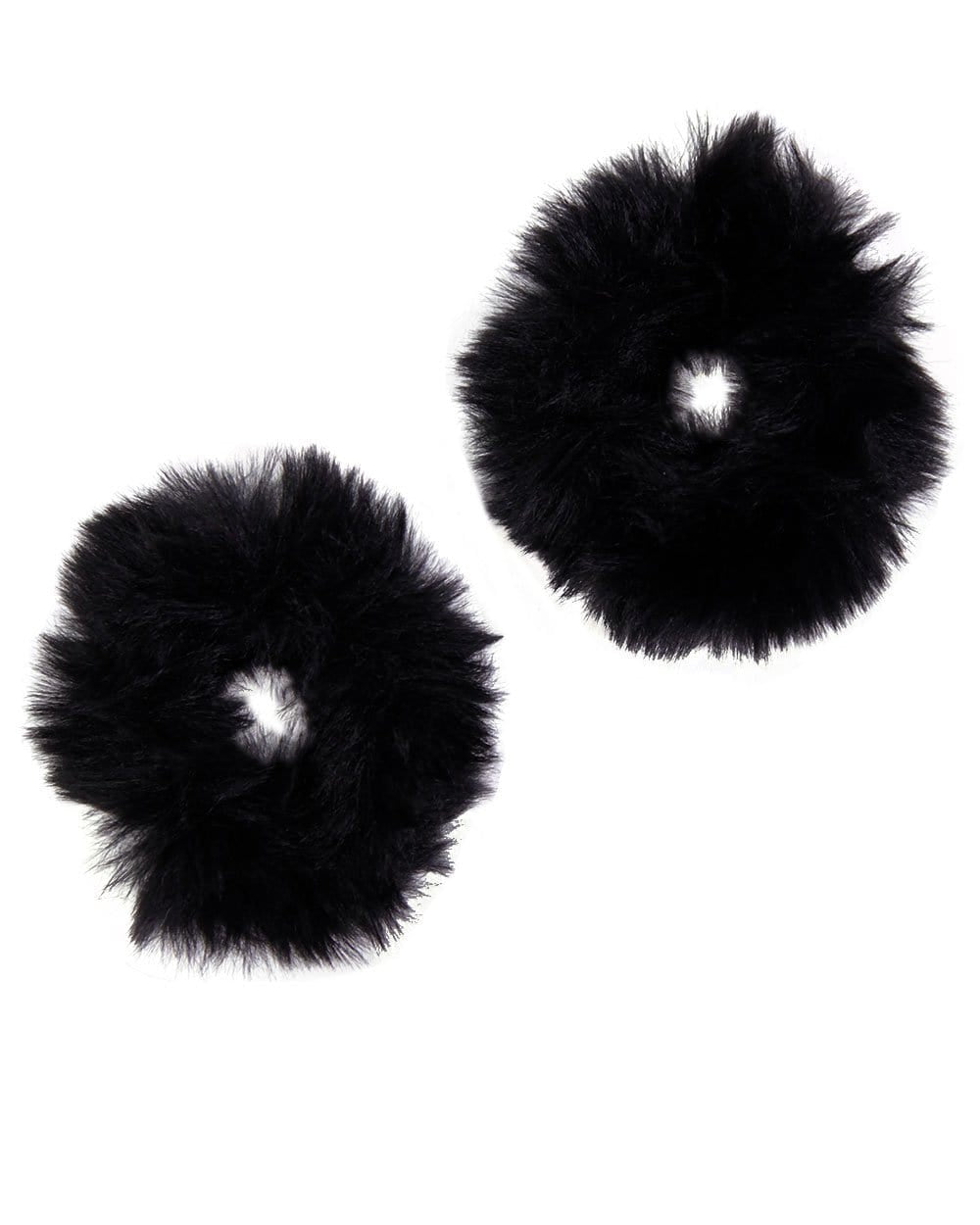
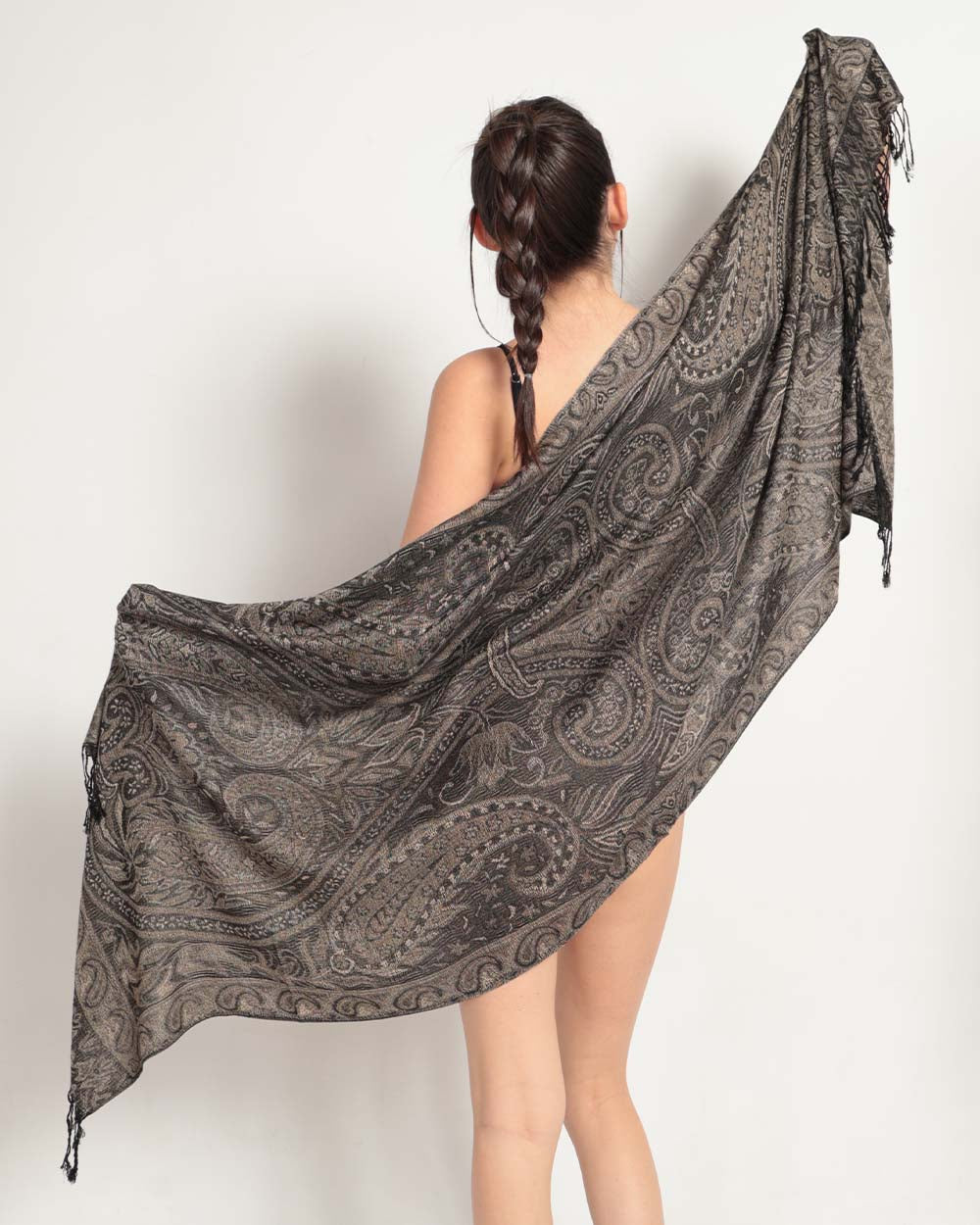
Comments
Hi. I was at a festival recently and saw someone with a flow toy I had never seen. It was a semi flexible flag / mat / blanket that they would flick around from hand to hand and then flick it above their head so it spun fast causing it to fly, they could then keep it spinning above their head by pointing their fingers up and tapping underneath the mat. Not sure if anyone knows what this flow toy could be?